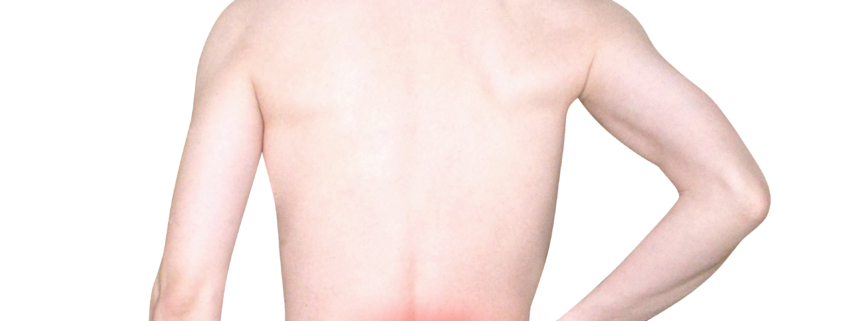Lower Back Pain

Overview
Lower back pain can affect anyone and is one of the most common health complaints worldwide. It is often caused by strain or injury to the muscles and ligaments supporting the spine, but can also be a result of a more serious condition. The severity can range from a dull, constant ache to a sudden, sharp sensation that leaves the person incapacitated. Most lower back pain subsides within a few weeks with self-care, but in some cases, it may persist and lead to more serious complications.
Types
Lower back pain is generally categorized into two types: acute and chronic. Acute lower back pain lasts less than six weeks and is often caused by a fall, heavy lifting or sudden awkward movement. Chronic lower back pain lasts more than three months and may be attributed to age-related changes, a previous injury, or disease.
Causes
Lower back pain commonly occurs due to:
-
- Physical strain related to heavy physical work, lifting or forceful movement, bending or twisting into awkward positions, or standing in one position too long.
-
- Age: As we age, our spinal discs break down, or degenerate, resulting in degenerative disc disease.
-
- Sciatica: Pain that results from a pinched nerve in your lower spine.
-
- Sedentary lifestyles: A lack of regular exercise weakens the muscles in your back and can lead to poor posture and pain.
-
- Weight gain: Being overweight, or quickly gaining a significant amount of weight, puts additional pressure on your lower back, increasing the risk of back pain.
Symptoms
Symptoms of lower back pain may include:
-
- Aching muscles
-
- Shooting or stabbing pain
-
- Pain that radiates down the leg
-
- Reduced range of motion or flexibility in the back
-
- Inability to stand up straight
Some people may also experience numbness, tingling, or weakness in one or both legs, which can be signs of an underlying health problem and require immediate medical attention.
Diagnosis
If a patient is experiencing lower back pain, a doctor will usually conduct a physical examination. They may check your ability to stand and walk, your range of motion, and your reflexes. In some cases, imaging studies such as X-rays, MRIs, or CT scans may be used to confirm a diagnosis.
Treatment Options
Treatment for lower back pain depends on the cause, severity, and duration. In most cases, back pain resolves with simple measures including:
-
- Rest: Avoid activities that cause pain, but do not rest for too long to avoid muscle stiffness and weakness.
-
- Pain relievers and anti-inflammatory drugs: Over-the-counter medication like ibuprofen can provide temporary relief.
-
- Physical therapy and exercise: Conditioning programs can strengthen your back and abdominal muscles, helping to support the spine and improving mobility.
In serious cases, surgical treatments may be required for conditions such as herniated discs, spinal stenosis, and vertebral fractures. Always consult with your healthcare provider to determine the best course of treatment for you.
Living With Lower Back Pain
Those experiencing chronic lower back pain should make certain lifestyle changes such as:
-
- Regular exercise: Low-impact activities like walking or swimming can improve overall muscle tone and lower back pain.
-
- Healthy diet: Eating a balanced diet and maintaining a healthy weight can prevent unnecessary strain on your back.
-
- Good posture: Be mindful of your posture during daily activities to reduce the risk of back pain.
-
- Smoking cessation: Quitting smoking lowers the risk of experiencing back pain.
When to Seek Help
Seek immediate medical attention if you:
-
- Experience severe pain
-
- Have numbness or weakness in your legs
-
- Have difficulty controlling your bowels or bladder
-
- Have a history of cancer or chronic illness
These could be signs of a serious condition that requires prompt treatment.
